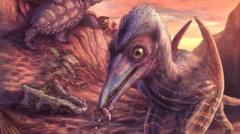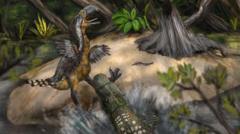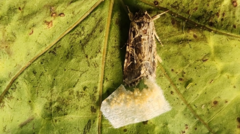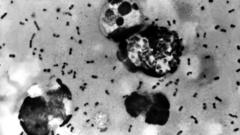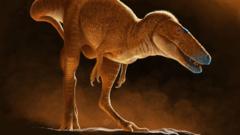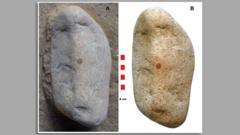The new species not only sheds light on the diversity of prehistoric life but also symbolizes the ecological connections that persisted through significant evolutionary transitions. With a diet likely consisting of armor-covered fish, the Eotephradactylus mcintireae represents an essential chapter in Earth's biological narrative.
The jawbone, preserved in rocks dating back 209 million years, provides a rare glimpse into the complexity of life during the Triassic era, where a mixture of ancient and contemporary species coexisted. Researchers call for further exploration of similar fossil beds worldwide, suggesting additional findings that could deepen our understanding of early vertebrate life.
Exploring the implications of this discovery, experts emphasize the value of fossil beds as time capsules that illuminate the gradual unfolding of evolution—from creatures that are foundational to today’s biodiversity to those that have long vanished from existence.
This significant find not only enriches scientific literature but also provides an opportunity to reflect on the importance of preserving our planet's ecological heritage as we continue to face the challenges of climate change and biodiversity loss.
**Fossils**
**Dinosaurs**
The jawbone, preserved in rocks dating back 209 million years, provides a rare glimpse into the complexity of life during the Triassic era, where a mixture of ancient and contemporary species coexisted. Researchers call for further exploration of similar fossil beds worldwide, suggesting additional findings that could deepen our understanding of early vertebrate life.
Exploring the implications of this discovery, experts emphasize the value of fossil beds as time capsules that illuminate the gradual unfolding of evolution—from creatures that are foundational to today’s biodiversity to those that have long vanished from existence.
This significant find not only enriches scientific literature but also provides an opportunity to reflect on the importance of preserving our planet's ecological heritage as we continue to face the challenges of climate change and biodiversity loss.
**Fossils**
**Dinosaurs**

